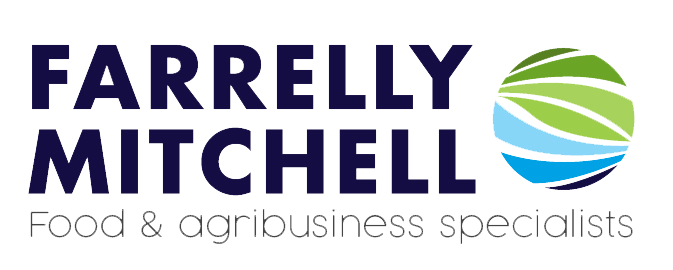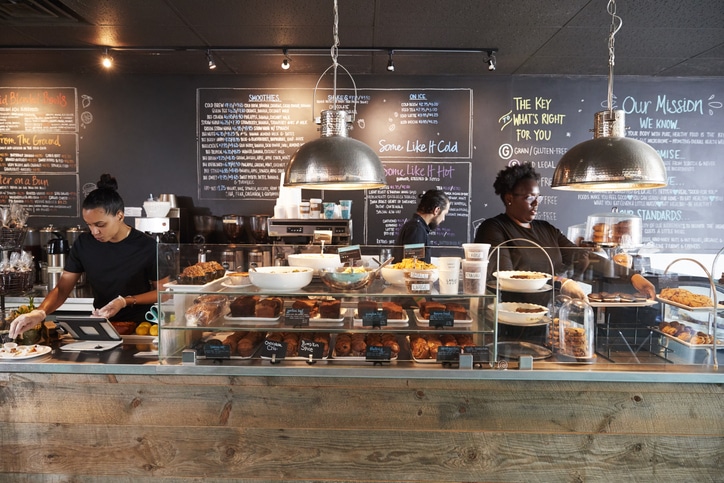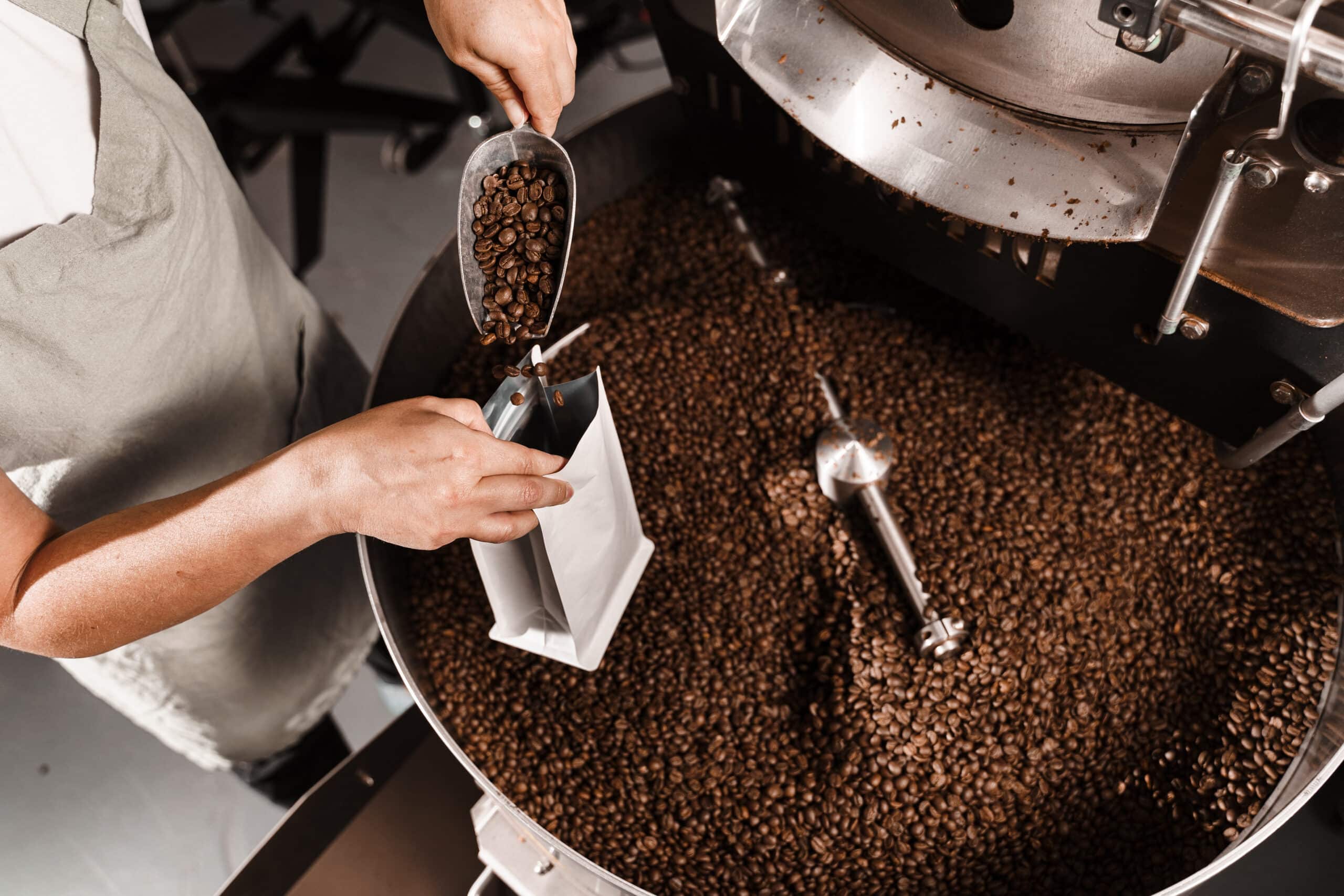Food and beverage services have devoted considerable effort over the past decade to reduce direct energy consumption. Everything from switching to LED lighting and smart thermostats to upgrading heating, ventilation, and air‑conditioning systems has helped operators deliver measurable reductions in energy use and their associated Scope 1 and 2 emissions. Yet, for most HORECA businesses, upstream emissions account for the largest proportion of their carbon footprint. The carbon footprint of ingredients, packaging, and logistics frequently exceeds 70% of an organisation’s total greenhouse gas output. However, these areas have largely escaped regulatory oversight.
Recent mandatory disclosure requirements have changed everything, making supply chain decarbonisation a commercial imperative. The implications are significant: food and beverage services now face heightened investor scrutiny, greater regulatory penalties, and more operational risks. However, forward-looking operators have recognised this shift as an opportunity. By proactively managing Scope 3 emissions, they can unlock significant cost savings, improve operational resilience, differentiate their brand, and attract environmentally conscious customers.
This article outlines the practical steps food and beverage services can take to reduce their Scope 3 emissions and turn regulatory obligations into a competitive advantage.
The hidden weight of Scope 3 emissions
With food‑related emissions dwarfing those from direct energy use, it is actually menu planners and their ability to dictate which ingredients to purchase that shape the majority of an operator’s carbon footprint. For instance, the embedded emissions in 1kg of beef can be more than 60 times higher than those contained in a kilogram of lentils. Given that commercial kitchens utilise thousands of ingredients every day, the impact of individual ingredient choices, when multiplied across hundreds or thousands of meals, can be enormous.
This alarming realisation has led to significant regulatory changes in Scope 3 emissions reporting. In Europe these changes include the introduction of the Corporate Sustainability Reporting Directive (CSRD), whereby large companies operating in the EU must measure and publicly report their Scope 3 emissions. These reports must include reduction plans that are audited by third parties. Non-compliance carries significant consequences, including regulatory fines, potential legal action, and reputational damage.
Similarly, in the GCC, financial markets are beginning to integrate sustainability reporting into their frameworks. Tadawul, the Saudi Stock Exchange, has published ESG guidelines that encourage full value chain disclosures, and although these are currently voluntary, they represent a significant step towards mandatory sustainability reporting requirements in the region.
Strategic operational levers for food and beverage services
Fortunately, several operational interventions are available that can deliver measurable results and embed decarbonisation within the commercial fabric of the business.
As mentioned earlier, menu engineering is a particularly potent tool for food and beverage services. By positioning plant‑forward dishes prominently and reframing menu design, operators can increase consumption of lower‑carbon meals without incurring additional costs. In fact, this approach often enhances gross margins, as plant‑based proteins can be more cost‑effective and price-stable than meat.
Portion control and ingredient substitution are also effective strategies for reducing emissions without compromising diner satisfaction. For instance, some hotels have replaced premium rib‑eye steaks with leaner cuts or hybrid dishes that combine smaller portions of meat with legumes and other ingredients in an effort to preserve menu appeal while still cutting carbon output.
When implementing these changes, it is extremely important to consider which ingredients warrant the highest level of attention. Studies of commercial kitchens across Europe and the GCC reveal that beef, lamb, cheese, and air‑freighted fruit together often account for more than half of a kitchen’s Scope 3 footprint. By focusing interventions on these high‑impact categories, food and beverage services can achieve disproportionately high reductions in their carbon footprint.
Equally, sourcing seasonal produce from regional suppliers can diminish transport emissions and minimise cold‑chain energy requirements. Even subtle changes – such as substituting imported berries for in‑season, regionally grown fruit – can eliminate thousands of “food miles” annually. Sourcing more locally also has the added benefit of reinforcing culinary authenticity. In Saudi Arabia’s Red Sea resort region, for example, chefs have forged partnerships with local farms to procure heritage grains and dates. In doing so the resort provides a more distinctive dining experience that celebrates regional cuisine while significantly reducing transportation emissions.
To secure these gains at scale, food and beverage services should collaborate closely with key suppliers. In particular, mapping tier‑one suppliers and requesting product‑level lifecycle data can help transform procurement from a price‑only exercise into a broader analysis that unites both carbon and financial metrics. Over time, this enables the construction of a carbon abatement cost curve that steers executives towards suppliers and ingredients that yield the greatest emissions reductions per euro invested. Ultimately, this approach can help uncover initiatives that provide net financial and environmental gains. For instance, one leading hotel group has already discovered that plant-forward menu options and local sourcing partnerships can reduce their Scope 3 emissions by up to 30% while simultaneously lowering food costs by 15-20%.
Packaging decisions also merit careful consideration, especially in a fast food context, where single-use containers and disposables can constitute a significant portion of embedded emissions. Operational changes such as transitioning from petroleum-based plastics to compostable or recyclable alternatives, eliminating unnecessary packaging layers, and implementing reusable container programs can substantially reduce food and beverage services’ environmental impact.
The decarbonisation roadmap
For food and beverage services, tackling Scope 3 requirements will typically require a structured, phased approach. The following roadmap provides a high-level overview of how operators can decarbonise their food and beverage supply chains.
The first phase will involve conducting a comprehensive carbon audit of the organisation’s current operations. This should focus on ingredient sourcing, menu composition, and packaging materials. It should map tier-one suppliers and categorise ingredients by their carbon impact. The goal is to develop a clear list of priorities based on their carbon reduction potential and economic viability.
Where exact figures are not available, tools such as the Coolfood Calculator can be used to estimate emissions per ingredient or dish based on industry standards. Ultimately operators will want to implement robust tracking systems that can capture product-level lifecycle data from suppliers. This may necessitate updating supplier contracts and codes of conduct to include emissions reporting requirements and reduction commitments. Creating preferential terms or offering longer-term contracts to producers who are committed to sustainable practices and can demonstrate measurable emissions reductions can help incentivise lower-carbon supply chains.
The next phase focuses on operational change. This typically involves activating one or more of the levers mentioned earlier (i.e., redesigning menus, implementing portion control strategies, substituting high-carbon items, and replacing less environmentally friendly packaging, etc.).
It is often best to launch small pilot programs at this stage to test initiatives and measure acceptance rates. Establishing a cross-functional steering committee with representatives from the culinary, procurement, finance, and sustainability teams can help foster accountability and ensure that decarbonisation goals are embedded across all departments. At the same time, implementing procurement protocols that integrate both carbon and financial metrics into purchasing decisions can greatly facilitate any future plans.
Once trials are complete, operators should seek to roll out successful interventions more broadly, adapting approaches based on regional contexts and customer preferences. It is important that leaders remain conscious of ongoing regulatory and technological developments so that they can update their strategies and adapt to any changes. What works today may be superseded by a more effective solution tomorrow, and leaders must remain vigilant and combat complacency.
It is also important that they regularly review progress and measure against targets, both as a way of identifying new reduction opportunities and gauging the success of any existing projects. Where progress is slow or momentum has waned, participating in cross-sector or industry-wide collaborations that encourage best practices can provide external stimulus. However, it is important not to overly rely on external influences for motivation. Food and beverage services should also seek to innovate from within by continually challenging chefs and suppliers to develop new low-carbon products and recipes.
Throughout all of this, food and beverage services are encouraged to ensure open communication with stakeholders and to report transparently on their progress and setbacks.
From compliance burden to business benefit
Food and beverage services occupy a pivotal position in the value chain, nestled between primary agriculture and end consumers. By directing demand towards lower‑carbon ingredients, demanding supplier transparency, and redesigning menus to minimise carbon output, these operators can catalyse emissions reductions far beyond their own kitchens.
Early adopters are already seeing that effective Scope 3 management can yield tangible commercial benefits, ranging from cost savings and operational resilience to enhanced brand equity. In an era of tightening disclosure rules and greater investor scrutiny, proactively managing supply chain emissions is fast becoming a fundamental requirement for food and beverage services.
At Farrelly Mitchell, our food and beverage consultants help hospitality operators reduce food waste, improve sustainability, and cut Scope 3 emissions. We provide supply chain optimisation, food loss & waste consulting, sustainability & ESG integration, and policy analysis that helps our clients optimise operations, mitigate risk, and unlock sustainable growth. Contact us today to support your journey towards a resilient, low-carbon supply chain.














